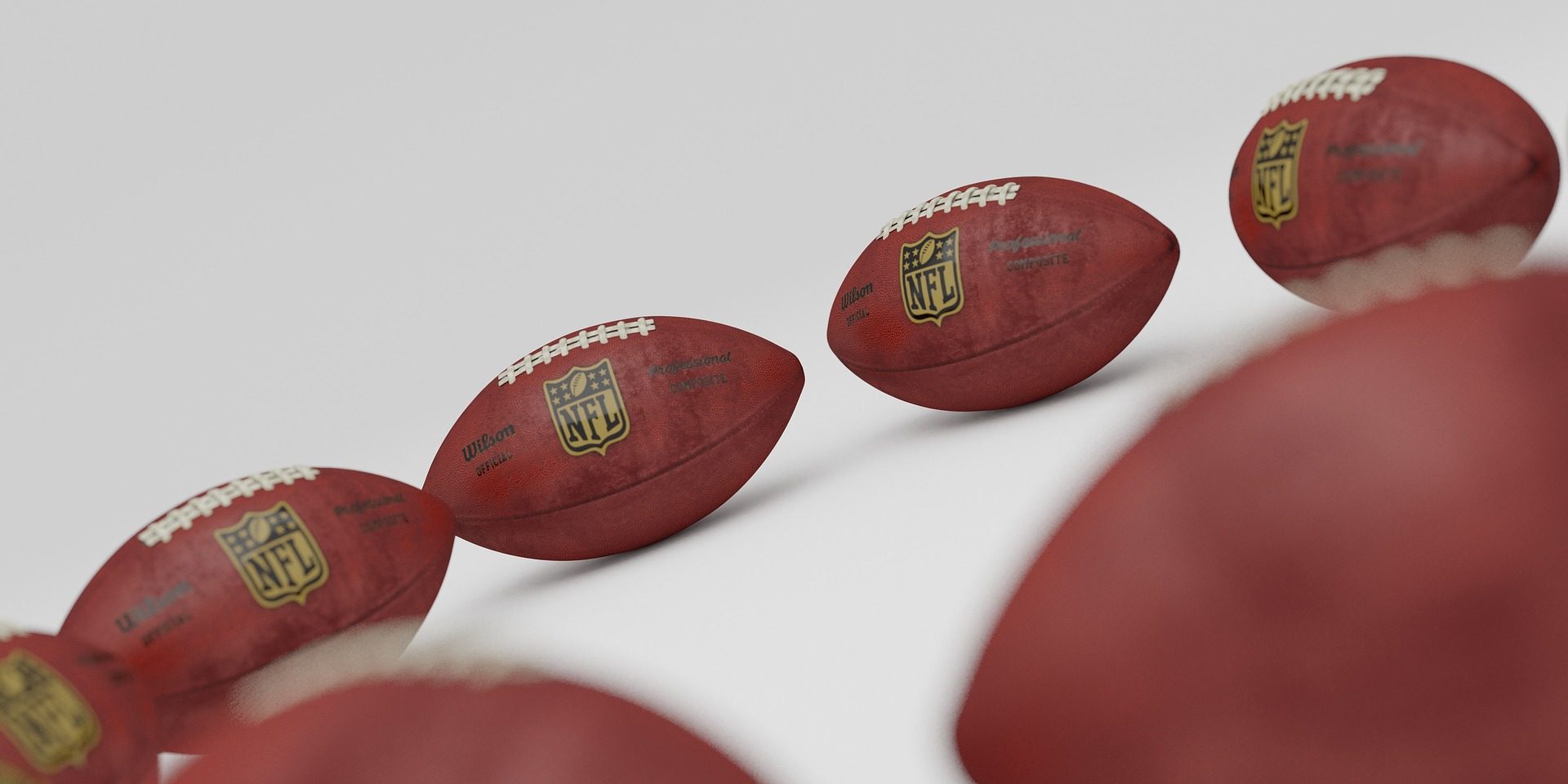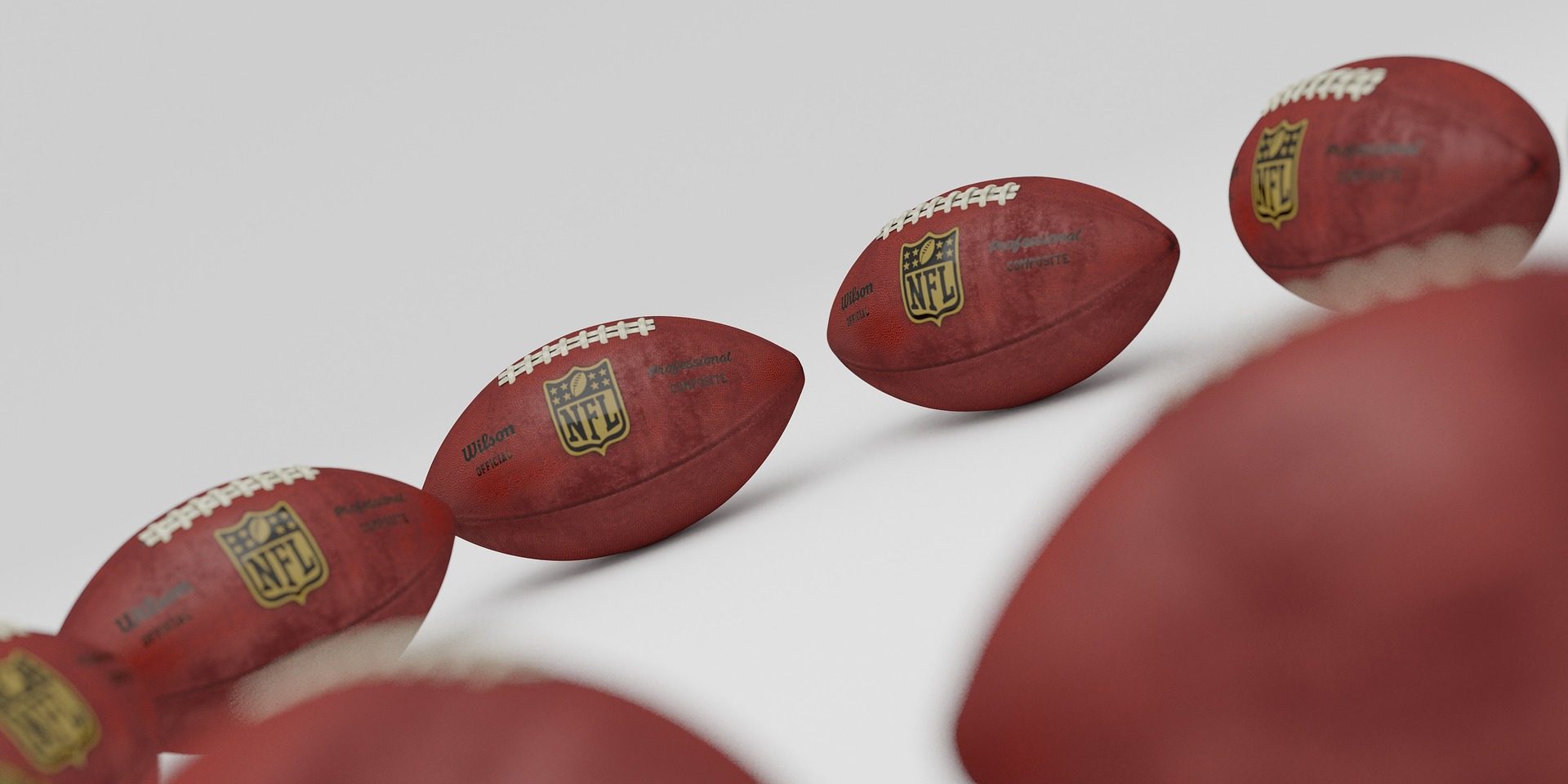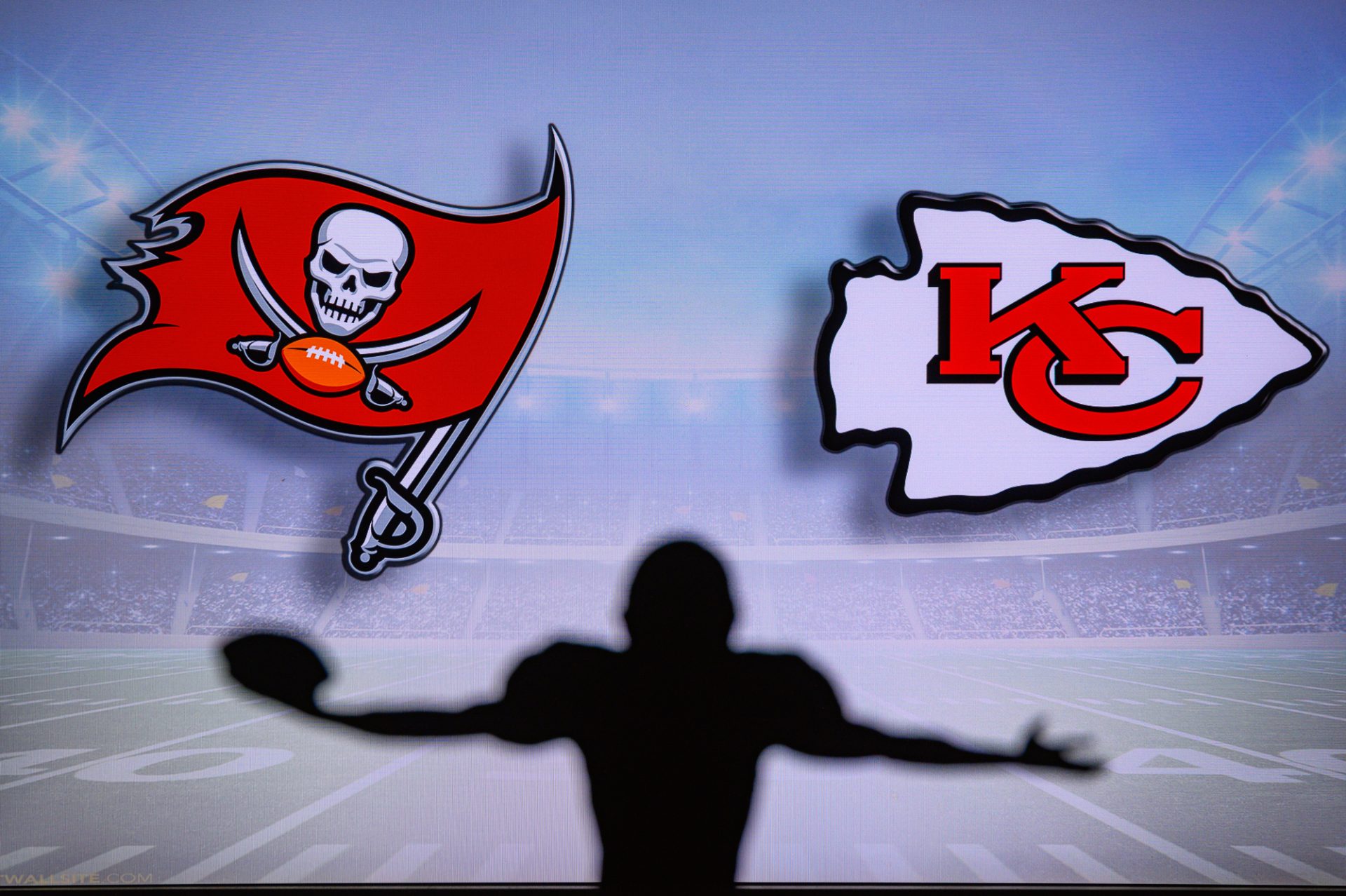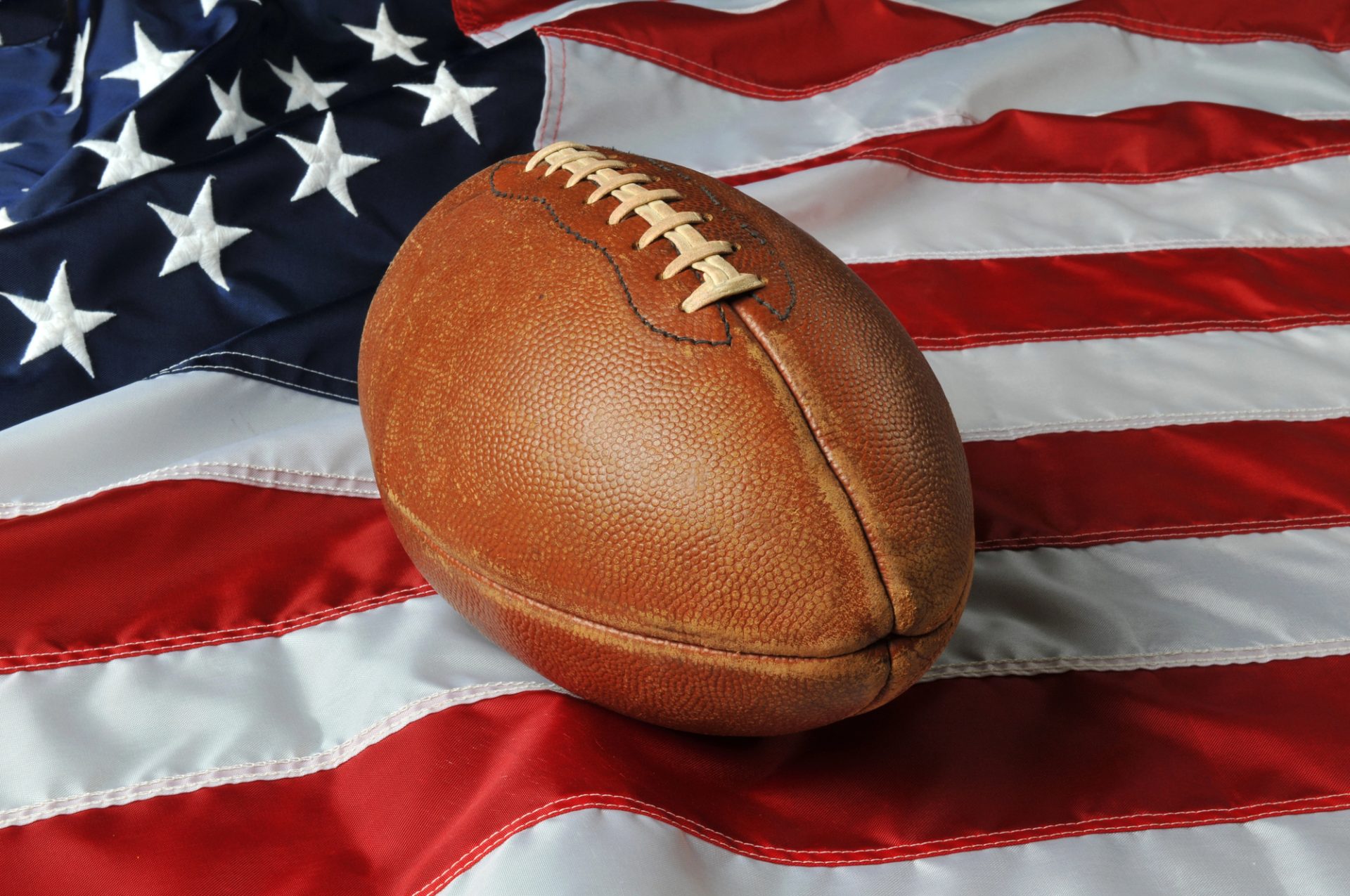Is an NFL football bigger than a college football?


Table of Contents
The size of the football is critical in football. The NFL football size is strictly set. It measures between 11.0 and 11.25 inches and has a circumference of 28.0 to 28.5 inches. This makes sure all games are played with the same ball size. College football dimensions are less strict. They allow lengths from 10.5 inches and a circumference from 27 inches. This varies by league rules and the ball makers.
The NCAA is more flexible with football sizes. This helps more equipment makers be involved. Yet, the NFL sticks to precise rules. They set the weight at 14-15oz and the pressure at 12.5-13.5 psi. These rules help keep the game fair. High school footballs are like college ones in size. They use a size 9 football for official games. Practice balls come in various sizes to help players adjust.
The Official Specifications of an NFL Football
An NFL football must follow strict specifications. This precision affects the game and meets NFL rules. The football should be 11.0 to 11.25 inches long. Its long circumference should be between 28.0 to 28.5 inches.
The short circumference is fixed at 21.0 to 21.25 inches. This ensures consistency in every game.
Understanding NFL Football Dimensions
The exact football sizes are key for league standards. The NFL sets these sizes to keep games fair and consistent. They think carefully about these sizes to improve the game and ensure fairness.
The Impact of Football Size on Game Play
The NFL football’s size and weight are set at 14 to 15 ounces. Its pressure is between 12.5-13.5 psi. These measures help players handle and throw the ball well.
Quarterbacks like the grip and balance. Receivers have to adjust to its precise throw dynamics. So, the specific ball size standards are vital for a fair and exciting NFL game.
Comparing College Football and NFL Ball Specifications
In the debate between NFL and college football, one key topic is ball size. Fans and players get more into the game by understanding these differences. The NFL has strict rules for football sizes. A football must be 11.0 to 11.25 inches long, with a circumference of 28.0 to 28.5 inches around the middle. It should also be 21.0 to 21.25 inches around the ends.
College footballs have a bit more variety in size. They can be 10.5 to 11.25 inches long and 27 to 28.5 inches around the middle, based on the maker and college rules. This variety allows colleges to adjust a bit for different play styles. High school footballs usually follow college sizes, with some room for brand or state differences.
The NFL’s tight rules on football size ensure fair play. But the sizes can change a bit in college games. This helps the college game adapt to various play styles and local preferences. It makes college football rich in variety.
The Evolution of Football Design and Size
The football’s development journey shows big changes to improve its performance. Innovations and design changes were made to suit evolving American football strategies. Looking closer at its origins and redesigns, we see the engineering effort behind simple sports gear.
Origins of the American Football Shape
The story of football starts with practical changes and accidents. Early rugby balls used pig’s bladders, but then switched to rubber innertubes. This change led to the football’s unique shape today. The need for this shape grew from a desire for better throws after the forward pass became legal in 1906.
Transition from Rugby to American Football
Rugby’s influence on early American football is clear. Over time, American football’s ball changed to meet its own needs. These changes were driven by the game’s strategic shifts. As gameplay demanded better passes and handling, the ball got narrower ends for better flight and catching.
With each design update, new materials improved grip, and better bladders kept air longer. These updates show not just technological progress, but a sport always improving. They tell a story of innovation and evolution, reflecting a game that keeps refining itself for strategies and athletes alike.
Adjusting from College to Professional Football
Moving from college football to the NFL is a big step for players. It’s not just about facing tougher physical demands but also handling changes in equipment like the football. College footballs have white stripes, but NFL footballs do not. Players need to get used to looking at different parts of the ball, like the laces, to understand how it spins and moves.
The leap to the NFL often highlights the physical differences in play. NFL players are usually bigger, stronger, and more skilled. College football players might initially struggle with the speed and intensity of professional games. Even a slight change in the ball can challenge a player’s performance in the new setting.
It’s critical for players to develop new routines for mental and physical preparation. Doing well in the NFL means preparing thoroughly for games, studying opponents, and mastering complex playbooks. The discipline and time management needed are much more demanding than in college. Players have to manage their free time well, balancing recovery and study to improve their game.</ons-field performance.
The shift to pro football from college involves more than just adapting to a new ball or tougher games. It’s about a full change in how players prepare, think, and perform physically. While this transition is tough, the right mindset can turn it into a successful and fulfilling career in the NFL.
Practical Implications of Football Size Differences
Players transitioning between college and pro football face new challenges. The size of the football plays a big role in this. Moving from NCAA to NFL means adapting to changes that affect how the game is played.
How Football Size Affects Players’ Performance
NFL and college footballs differ in size, impacting player performance. NFL footballs have a set size, usually 11.0 to 11.25 inches long. Their circumference measures 28.0 to 28.5 inches. College balls are a bit smaller and vary more.
Players need to adjust their grip and how they handle the ball. NFL footballs don’t have the white stripes found on college balls. This makes catching and seeing the ball different.
Training with Different Football Sizes
Training methods must adapt to these size differences. Using varied drills can improve grip strength and control. It helps players get used to the NFL football’s size and weight.
Practicing with both college and NFL-sized footballs is beneficial. It builds muscle memory for better game performance. Training like this prepares players for any football they face in the pros.
Special training routines focus on reducing the impact of football size. They teach ball handling for professional games. Players can improve and adapt their skills to meet pro football demands by doing this.
Conclusion
The difference in football size between NFL and college games is small but important. NFL footballs have strict size rules. This affects how the game is played. College footballs vary more in size, adding to the unique traditions of college games.
Moving from college to the NFL is a big step for athletes. They must adjust to the NFL’s game style and ball. This transition tests their skills and mindset. Fans also connect with the games differently, with college fans feeling a strong bond during their time in school. NFL fans, however, form connections that go beyond college ties.
The NFL and college football each add something special to American sports. They offer different experiences, from the way games are played to how fans get involved. Together, they create a rich culture of football that spans from college fields to professional stadiums.





